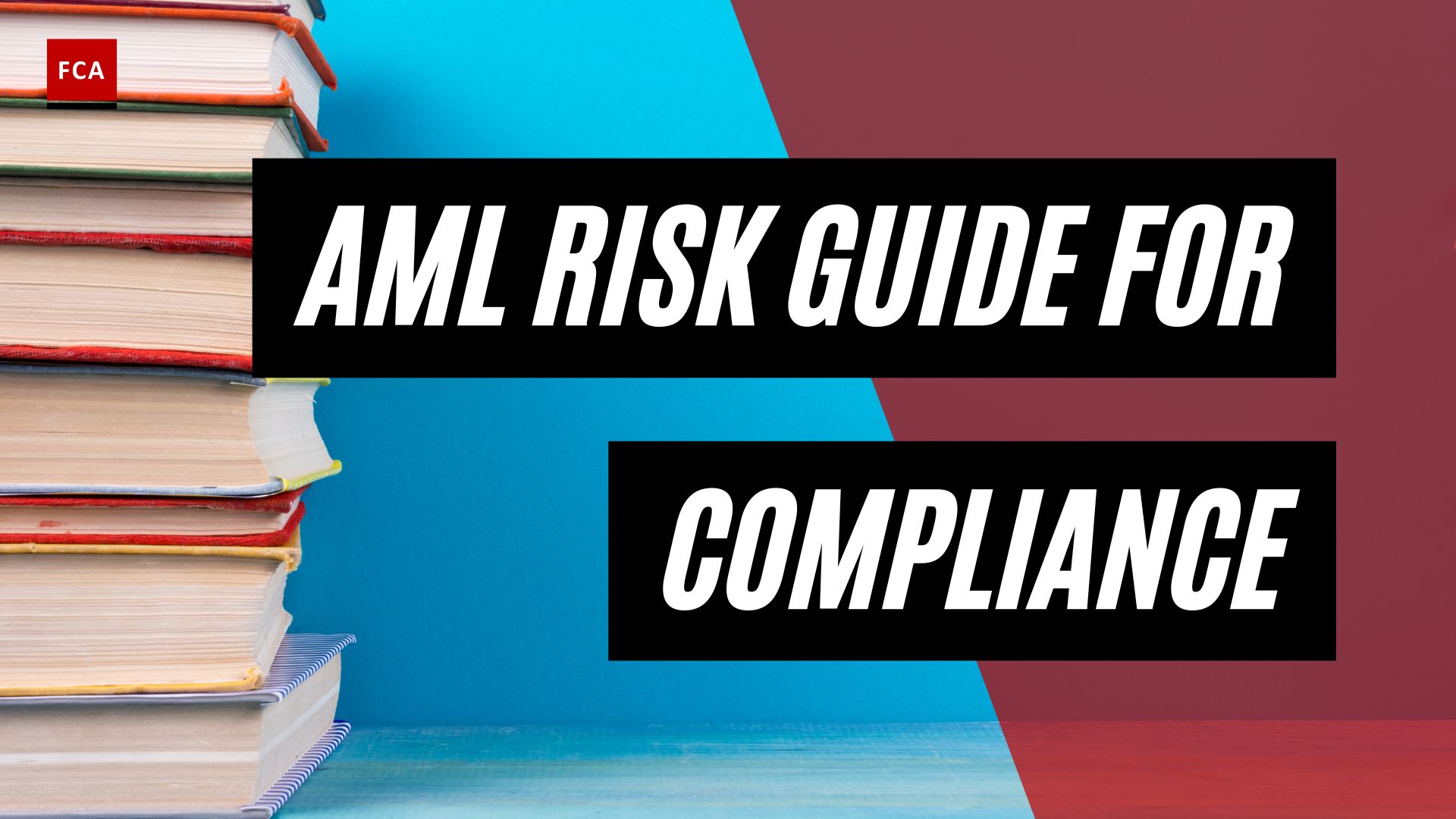Understanding Virtual Currencies
In order to grasp the relationship between virtual currencies and money laundering, it is crucial to first understand the definition and characteristics of virtual currencies, as well as their anonymity and decentralization.
Definition and Characteristics of Virtual Currencies
Virtual currencies, also known as cryptocurrencies, are digital or virtual representations of value that operate independently of a central authority or government. These currencies use encryption techniques to regulate the creation of monetary units and verify the transfer of funds. They are typically based on blockchain technology, which is a decentralized and distributed ledger that records all transactions securely and transparently.
Unlike traditional fiat currencies issued by governments, virtual currencies are not backed by physical assets or regulated by central banks. Instead, their value is determined by market supply and demand dynamics. This decentralized nature allows for peer-to-peer transactions without the need for intermediaries, such as banks.
The key characteristics of virtual currencies include:
-
Decentralization: Virtual currencies operate on decentralized networks, meaning that no single entity or authority has control over the currency. Transactions are verified by network participants, often referred to as miners, who maintain the integrity of the blockchain.
-
Encryption: Virtual currencies use cryptographic techniques to secure transactions and control the creation of new units. This ensures the integrity and privacy of the transactions, making it difficult for unauthorized parties to manipulate or counterfeit the currency.
-
Pseudonymity: While transactions in virtual currencies are recorded on the blockchain, the identities of the parties involved are generally represented by alphanumeric addresses rather than personal information. This pseudonymity provides a level of privacy, but it also creates opportunities for illicit activities, including money laundering.
Anonymity and Decentralization
The anonymity and decentralization of virtual currencies have been both a boon and a challenge in the fight against money laundering. On one hand, the pseudonymous nature of transactions makes it difficult to directly link individuals to specific transactions, providing a certain level of privacy. However, it also creates opportunities for criminals to exploit this anonymity for illicit activities, including money laundering.
The United Nations Office on Drugs and Crime (UNODC) highlights that cryptocurrencies are anonymous at their point of creation, often leading to the absence of the placement stage in the money laundering process (UNODC). Privacy coins, such as Monero, offer even higher levels of anonymity in blockchain transactions by concealing details about user addresses and information on coin balances and their source of origin. This enhanced privacy can make it challenging for law enforcement agencies to trace illicit funds.
While the characteristics of virtual currencies can provide opportunities for money laundering, it is important to recognize that various regulatory measures and technological advancements are being implemented to combat this issue. These efforts aim to strike a balance between safeguarding the integrity of the financial system and preserving the potential benefits and innovations associated with virtual currencies.
Money Laundering Risks with Virtual Currencies
Virtual currencies have gained popularity in various industries, but they also pose significant risks when it comes to money laundering. The anonymity and decentralized nature of virtual currencies make them attractive to criminals looking to hide the origin and destination of illicit funds. In this section, we will explore the risks associated with money laundering in the context of virtual currencies.
Exploiting Anonymity for Illicit Activities
The anonymity of virtual currencies makes them an attractive option for criminals involved in money laundering schemes. Cryptocurrencies, for example, provide a level of pseudonymity, allowing users to conduct transactions without revealing their true identities. Criminals can exploit this anonymity to pay for illegal goods or services, making it difficult for law enforcement agencies to track and trace the flow of funds (Corporate Finance Institute).
Money laundering through virtual currencies involves several stages, including placement, layering, and integration. The placement stage, typically associated with traditional money laundering methods, is bypassed in the case of virtual currencies since the funds are already in a digital form. Criminals can directly use virtual currencies obtained through illegal activities for further transactions, without the need to physically introduce the funds into the financial system (United Nations).
Challenges in Tracing Virtual Currency Transactions
Tracing virtual currency transactions can be a complex and challenging task for law enforcement agencies. While blockchain technology provides a transparent record of transactions, the pseudonymous nature of virtual currencies adds a layer of difficulty in identifying the real-world identities of the individuals involved. Virtual currency addresses are often represented by alphanumeric codes instead of personal information, making it challenging to link transactions to specific individuals.
Moreover, some criminals employ sophisticated techniques to obfuscate the origin and destination of virtual currency transactions. Privacy coins, for example, offer enhanced anonymity by using advanced cryptographic techniques to shield transaction details. Mixing services and blending protocols are used to further obscure the flow of funds by mixing legitimate and illicit transactions, making it difficult for authorities to trace the source of funds (Corporate Finance Institute).
To combat these challenges, law enforcement agencies and regulatory bodies have been enhancing their capabilities to track virtual currency transactions and investigate cases involving money laundering through cryptocurrencies. Advanced technologies and analytics are being employed to monitor and trace illicit activities in the virtual currency space (Corporate Finance Institute). The implementation of robust regulatory measures and the cooperation of financial institutions are crucial in mitigating the risks associated with money laundering in virtual currencies.
Understanding the risks and challenges associated with money laundering in virtual currencies is essential for regulatory bodies, financial institutions, and individuals alike. By staying informed and implementing effective anti-money laundering measures, we can work towards a safer and more transparent environment for the use of virtual currencies.
Regulatory Measures to Combat Money Laundering
To address the risks of money laundering associated with virtual currencies, regulatory measures have been implemented globally. These measures aim to establish guidelines and requirements for crypto businesses to ensure compliance with anti-money laundering (AML) regulations.
AML Compliance Requirements for Crypto Businesses
Companies operating in the cryptocurrency space must adhere to detailed Know Your Customer (KYC) and AML regulations. These regulations require crypto businesses to implement robust processes to prevent money laundering and terrorist financing activities (Corporate Finance Institute). By implementing effective AML compliance programs, crypto businesses can mitigate the risks associated with money laundering and protect themselves from legal consequences and reputational damage.
In addition to conducting thorough customer due diligence, crypto businesses need to establish transaction monitoring systems to detect suspicious activities. These systems can help identify patterns and anomalies in transactions, enabling the early detection of potential money laundering activities. It is crucial for crypto businesses to stay up-to-date with evolving AML regulations and continuously enhance their compliance measures.
Law Enforcement Efforts and Technological Advancements
Law enforcement agencies have been enhancing their capabilities to track virtual currency transactions and investigate cases involving money laundering through cryptocurrencies. Advanced technologies and analytics are being utilized to monitor and trace illicit activities in the virtual currency space (Corporate Finance Institute). By leveraging these technological advancements, law enforcement agencies aim to increase their effectiveness in detecting and deterring money laundering activities.
Furthermore, regulators and policymakers are working collaboratively to establish regulations and guidelines to prevent the misuse of virtual currencies for money laundering and terrorist financing activities (FATF). Through international cooperation and information sharing, law enforcement agencies can combat money laundering more effectively.
As the crypto industry continues to evolve, regulatory bodies and law enforcement agencies will continue to adapt and enhance their efforts to combat money laundering. The increased focus on AML compliance requirements for crypto businesses and the use of advanced technologies for tracking transactions are steps in the right direction to mitigate the risks associated with money laundering through virtual currencies.
It is imperative for crypto businesses to implement proper regulation and supervision within their operations and prioritize AML compliance. By doing so, they not only contribute to the fight against money laundering but also strengthen the overall integrity and trust of the crypto industry.
Money Laundering Techniques with Virtual Currencies
Virtual currencies have presented new opportunities for money launderers to exploit the inherent features of these digital assets. This section will focus on two common money laundering techniques associated with virtual currencies: privacy coins and mixing services.
Privacy Coins and Enhanced Anonymity
Privacy coins, such as Monero, have gained popularity due to their enhanced privacy features. These cryptocurrencies provide a higher level of anonymity in blockchain transactions compared to “normal” cryptocurrencies. Privacy coins conceal details about user addresses and information on coin balances and their source of origin, making it difficult to trace transactions and identify the individuals involved.
By utilizing privacy coins, money launderers can obfuscate the flow of funds and make it challenging for authorities to track the movement of illicitly obtained funds. The anonymity provided by these coins enables them to be used as a medium for illicit activities, including money laundering. It is important to note that not all transactions involving privacy coins are illicit, but the enhanced privacy features do increase the risks associated with money laundering.
Mixing Services and Blending Protocols
Mixing services and blending protocols are methods employed to obscure the source of origin of potentially identifiable cryptocurrency funds. These services are utilized by both privacy coins and “normal” cryptocurrencies.
Mixing services work by allowing users to mix funds from multiple sources, combining them in a single address. The funds are then split into portions and sent to different addresses multiple times, effectively making the funds untraceable back to their original source. The process of mixing confuses the transaction history and adds complexity to the tracing process, making it difficult for authorities to connect the dots.
Blending protocols operate on a similar principle, but instead of using a centralized mixing service, they rely on decentralized protocols. These protocols allow users to blend their funds with others, obscuring the transaction history and increasing the complexity of tracing funds. The funds are mixed and redistributed among multiple users, further obscuring the origin of the funds.
Both mixing services and blending protocols contribute to the challenge of tracing virtual currency transactions associated with money laundering activities. These techniques make it difficult for authorities to follow the money trail and identify the individuals involved in illicit transactions. While these methods can be used for legitimate purposes, their potential misuse for money laundering necessitates increased vigilance and regulatory measures to combat illicit activities.
Understanding these money laundering techniques with virtual currencies is vital for implementing effective regulatory measures and staying ahead in the fight against financial crime. By addressing the vulnerabilities associated with privacy coins and exploring ways to disrupt mixing services and blending protocols, authorities can enhance their ability to detect and prevent money laundering activities involving virtual currencies.
International Efforts and Recommendations
Addressing the risks associated with money laundering through virtual currencies requires a collaborative approach on a global scale. Various international organizations and regulatory bodies have been actively working to establish guidelines and recommendations to combat money laundering using virtual assets. Two prominent entities in this space are the United Nations Office on Drugs and Crime (UNODC) and the Financial Action Task Force (FATF).
UNODC Project on Cryptocurrency and Money Laundering
The United Nations Office on Drugs and Crime (UNODC) recognizes the need to tackle the growing concerns of money laundering through cryptocurrencies. The UNODC has been actively engaged in a project aimed at addressing the risks associated with virtual currencies and developing strategies to prevent their misuse for illicit activities. By collaborating with various stakeholders, including governments, industry experts, and law enforcement agencies, the UNODC aims to enhance global efforts in combating money laundering and other financial crimes.
The Role of Financial Action Task Force (FATF)
The Financial Action Task Force (FATF) plays a significant role in setting global standards and guidelines to combat money laundering, terrorist financing, and other illicit activities. Recognizing the potential risks associated with virtual assets, the FATF has taken proactive measures to address the challenges posed by virtual currencies.
The FATF has developed a comprehensive framework to regulate virtual assets and virtual asset service providers. In June 2019, the FATF finalized an interpretative note for Recommendation 15, extending regulatory requirements to virtual assets and virtual asset service providers. This note provides clarity on the obligations of countries and businesses in the crypto industry to prevent money laundering and counter terrorist financing. By bringing virtual assets within the scope of AML regulations, the FATF aims to create a level playing field and ensure that the same safeguards are in place for virtual assets as for traditional financial systems.
Regulators and governments worldwide have recognized the importance of aligning the crypto industry with the existing regulatory framework. The Fifth Anti-Money Laundering Directive (5 AMLD) in the European Union and proactive measures by Asian regulators like the Monetary Authority of Singapore (MAS) are examples of efforts to enhance AML regulations for crypto exchanges. These measures aim to establish a safer environment for users and to prevent the misuse of virtual currencies for money laundering and terrorist financing activities (Sanction Scanner).
By implementing proper regulation, supervision, and compliance measures, countries can mitigate the risks associated with money laundering through virtual currencies. The collaboration between international organizations, regulatory bodies, and the industry is essential in establishing a robust framework to prevent financial crimes and ensure the integrity of the global financial system.
Mitigating Money Laundering Risks
To address the risks associated with money laundering in the realm of virtual currencies, it is crucial to implement proper regulation and supervision. Regulatory bodies and financial institutions are taking proactive measures to combat these illicit activities and protect the integrity of the financial system.
Implementing Proper Regulation and Supervision
Extensive regulation has been introduced globally to counter the use of virtual currencies for money laundering and terrorist financing. Regulators require financial institutions to implement robust anti-money laundering (AML) processes when dealing with cryptocurrencies. These regulations ensure that virtual currency businesses comply with know your customer (KYC) requirements, transaction monitoring, and reporting suspicious activities. By implementing proper regulation and supervision, authorities can establish a framework that discourages and detects money laundering activities in the virtual currency sphere.
Regulators worldwide, including the European Union’s Fifth Anti-Money Laundering Directive (5 AMLD) and the Monetary Authority of Singapore (MAS), have been proactive in enhancing AML regulations for crypto exchanges. These efforts aim to align the regulatory landscape for virtual currencies with that of traditional financial institutions, creating a safer environment for users and businesses (Sanction Scanner). Robust regulations contribute to building trust and strengthening the overall integrity of the virtual currency industry.
Importance of AML Compliance in the Crypto Industry
Amidst the expanding cryptocurrency market, inadequate AML compliance procedures in crypto firms have made them vulnerable to exploitation by money launderers. Criminals utilize digital currencies like Bitcoin to hide illicit proceeds and launder money. Recognizing this vulnerability, regulators and financial agencies globally are intensifying regulatory requirements, emphasizing the importance of AML compliance in the crypto industry. It is crucial for businesses operating in the cryptocurrency space to adhere to detailed KYC and AML regulations. Failure to comply can result in reputational damage and legal consequences.
The Financial Action Task Force (FATF), an intergovernmental organization, has played a significant role in developing AML regulations for the crypto industry. The FATF has extended regulatory requirements to virtual assets and virtual asset service providers through Recommendation 15, aiming to prevent money laundering and counter-terrorist financing. Regulators worldwide recognize the need to include crypto firms within the same regulatory framework as traditional financial institutions to combat financial crimes (Sanction Scanner).
By prioritizing AML compliance, crypto businesses can contribute to maintaining the integrity of the financial system, safeguarding user interests, and fostering trust in the virtual currency ecosystem.
To learn more about the various money laundering techniques involving virtual currencies, explore our previous section on Money Laundering Techniques with Virtual Currencies.








